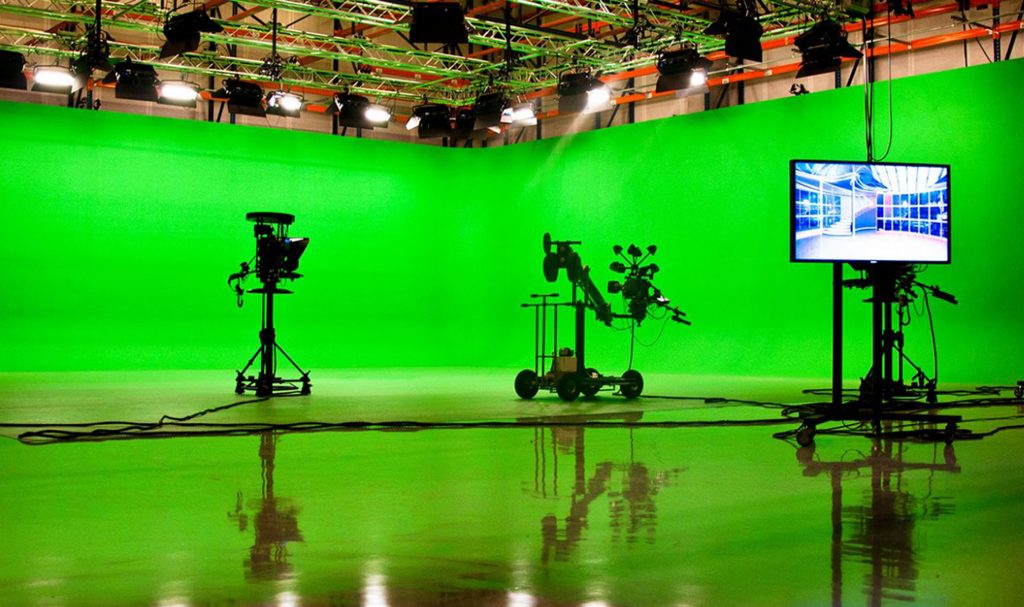There are countless ways to arrange lighting on a shoot, and you can flexibly assign it according to the situation. Among them, the three-point lighting method is the most basic and the most widely applicable lighting method.
As the literal meaning shows, the three-point lighting method comes from three light sources: the key light, the fill light and the back light. Let’s take a look at them separately. What do you mean.
1. Main light
The key light is the main light source of the scene. The term “key light” does not refer to a specific type or intensity of lighting, it refers to the main light that illuminates the subject. It could come from a light fixture, or it could be sunlight coming in through a window.
The key light will determine the look of the scene and is generally the first lighting fixture you place. By convention, the key light is placed 45° to the side of the model or subject and 45° above the head. This position is just a general experience, you can also place the key light below the subject, as long as it matches the tonality and needs of the scene.
Of course, there is no such thing as right or wrong lighting settings. Sometimes some scenes may require near-side key light, and in some cases, fill light is also required to reduce contrast.
The fill light is used to supplement the shadow created by the main light. Generally, the fill light will be softer and less intense than the main light. The purpose of this is to make the face in the shadow more visible without creating additional shadows. highlight.
Of course, the lighting ultimately depends on what effect you want. For example, for a girl with a low nose bridge and a flat face, we leave more light and dark contrast to strengthen her facial features, make up or cover up some shortcomings, and make the girl look Being prettier is not a bad thing.
3. Background light
Backlight, also known as rimlight, is a type of light that is cast on the head and shoulders to make the subject stand out more than the background. Backlighting is often used in darker scenes to prevent the subject from blending into the dark background.
It should be noted that the final effect or purpose of the background light is to highlight only the head and shoulders of the subject and outline the outline, so the height and distance of the background light should be properly controlled and adjusted.
In addition, the background light often does not have to be placed directly behind the subject, and the background light illuminated from the side will appear softer and more comfortable.
The three-point lighting method is a very basic lighting method. Although it cannot meet all lighting scenarios, this lighting can obtain a smooth and clean picture and is also very popular with lighting engineers.


